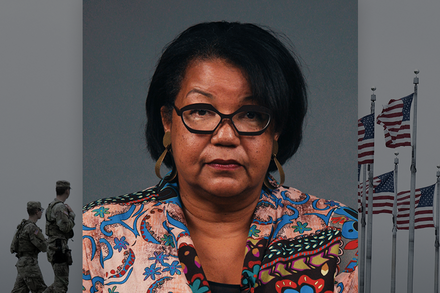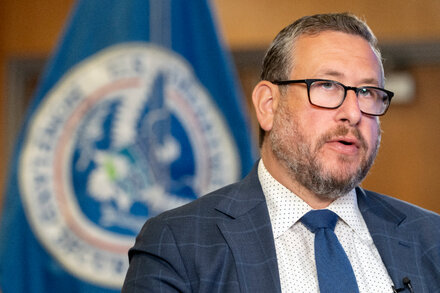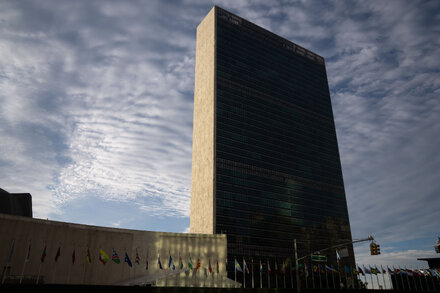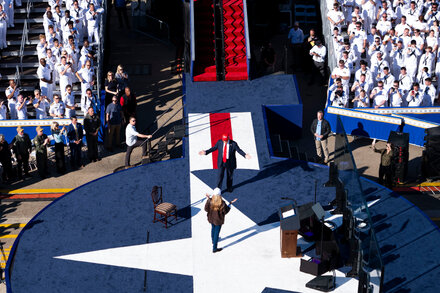Donald Trump’s presidency saw the National Guard deployed in ways that significantly departed from established military traditions. These actions, particularly concerning domestic operations and command structures, sparked widespread debate among experts and officials.

Throughout his presidency, Donald Trump’s administration utilized the National Guard in ways that observers and military experts noted departed from established military traditions, particularly concerning domestic deployments and their command structures.
Historically, the National Guard primarily operates under state authority, responding to emergencies like natural disasters or civil disturbances at the behest of a governor. When federalized, typically under Title 10 of the U.S. Code, it is often for overseas military operations or specific federal missions. Trump’s deployments often blurred these lines, leading to questions about the Guard’s role and the chain of command.
Shifting Sands of Command and Mission
One notable instance occurred during the widespread protests in the summer of 2020 following the killing of George Floyd. While many states deployed their Guard units under gubernatorial control, the federal deployment of Guard members to Washington D.C. drew particular scrutiny. Critics noted that these deployments were sometimes perceived as direct federal interventions, bypassing the traditional collaborative framework with local authorities.
“The National Guard’s strength has always been its dual nature: state-led community support and federal readiness. When that balance is disrupted, especially for domestic security, it creates friction and questions about the very purpose of the Guard,” commented a former defense official on the evolving role.
Further deviations were observed in the protracted deployments of National Guard units to the U.S.-Mexico border. While previous administrations also utilized the Guard for border support, the scale, duration, and nature of Trump’s deployments raised concerns about using military resources for what many saw as immigration enforcement, a mission typically handled by civilian agencies.
Concerns Over Civilian-Military Relations
The deployments also sparked debates about the appropriate use of military forces in domestic political contexts. Instances of Guard members being used to disperse peaceful protestors or for activities perceived as primarily political optics led to an unprecedented level of public and internal military discussion about the Guard’s role in civil-military relations.
Governors across various states, including those from Trump’s own party, sometimes voiced frustration over federal requests or orders that they felt circumvented their authority or placed their Guard members in untenable positions. The logistical and financial implications of these extended deployments also added strain to state budgets and personnel, with some Guard members facing repeated and prolonged activation.
The cumulative effect of these deployments, according to analysts, has been a re-evaluation of the National Guard’s operational parameters and the delicate balance between federal and state control, a tradition that has largely governed its use since its inception.
Source: Read the original article here.





